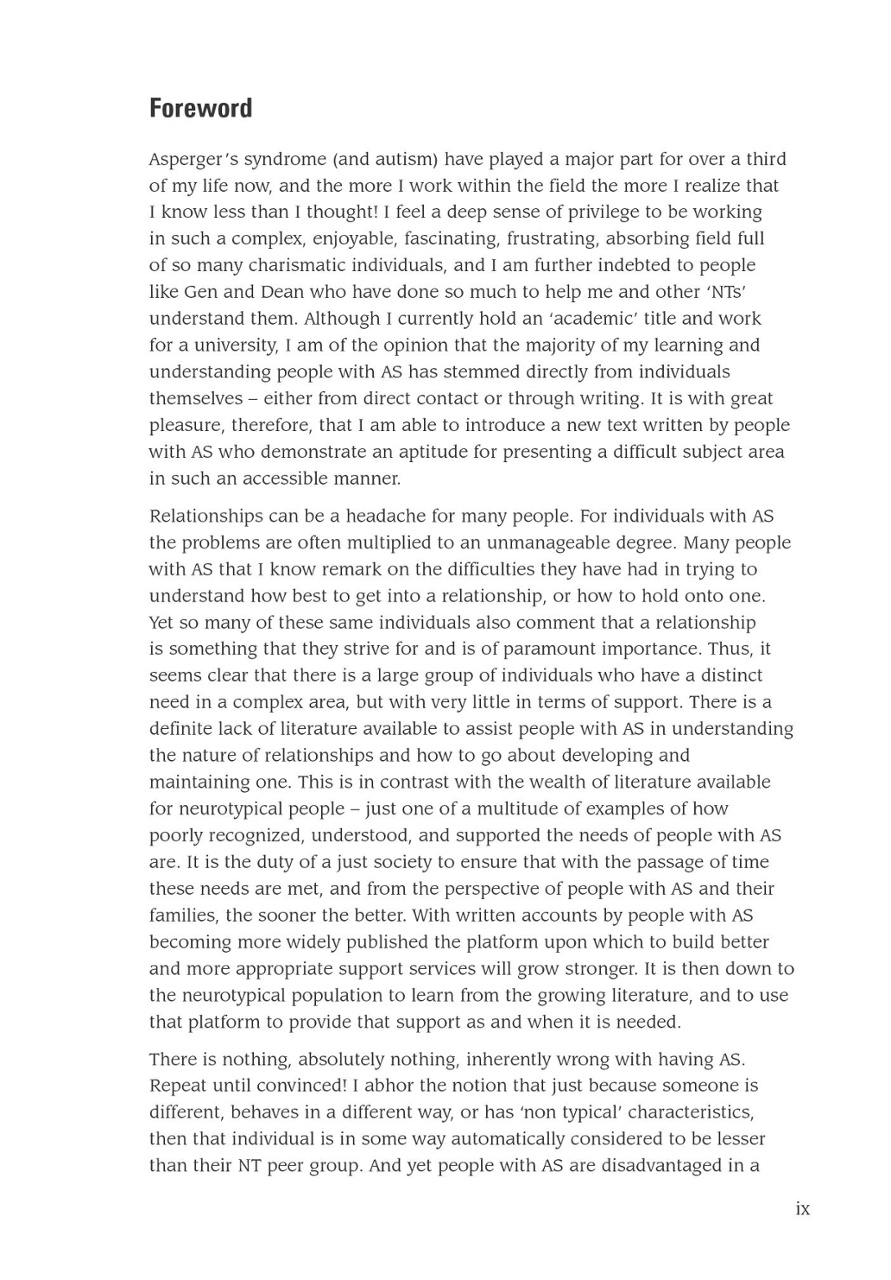Understanding Fatal Attraction BPD: The Complexities of Love and Obsession
#### Fatal Attraction BPD**Description:**The term **Fatal Attraction BPD** refers to a complex interplay between romantic relationships and the symptoms of……
#### Fatal Attraction BPD
**Description:**
The term **Fatal Attraction BPD** refers to a complex interplay between romantic relationships and the symptoms of Borderline Personality Disorder (BPD). This psychological condition is characterized by intense emotional experiences, unstable relationships, and a profound fear of abandonment. In the context of a "fatal attraction," individuals with BPD may experience love and obsession in a way that can lead to tumultuous relationships, often marked by extreme highs and lows.

Individuals with **Fatal Attraction BPD** often find themselves in relationships that are intense and passionate, yet fraught with conflict and turmoil. Their emotional responses can be overwhelming, leading to a cycle of idealization and devaluation of their partners. This behavior can stem from their deep-seated fears of being abandoned or rejected, which can manifest as clinginess or, conversely, as withdrawal when they feel threatened.
One of the hallmarks of **Fatal Attraction BPD** is the tendency to form attachments that can feel all-consuming. These individuals may become infatuated with a partner, viewing them as the solution to their emotional pain. However, this infatuation can quickly spiral into obsession, leading to controlling behaviors, jealousy, and a constant need for reassurance. The partner may feel overwhelmed by the intensity of the relationship, which can create a cycle of push-and-pull dynamics.
Understanding **Fatal Attraction BPD** requires an awareness of the underlying emotional struggles faced by those with BPD. Their difficulties in regulating emotions can lead to impulsive actions and decisions, often in the heat of the moment. This impulsivity can result in dramatic confrontations or sudden breakups, further exacerbating feelings of abandonment and loss.

Therapeutic interventions can be crucial for individuals dealing with **Fatal Attraction BPD**. Dialectical Behavior Therapy (DBT) is one of the most effective treatments for BPD, focusing on teaching skills for emotional regulation, interpersonal effectiveness, and distress tolerance. Through therapy, individuals can learn to navigate their emotions more effectively, reducing the likelihood of falling into the patterns of obsession and desperation that characterize fatal attractions.
Moreover, it’s essential for partners of those with **Fatal Attraction BPD** to understand the complexities of the disorder. Open communication, setting boundaries, and seeking couples therapy can help both partners navigate the challenges of their relationship. It is vital for partners to recognize that the intense emotions experienced by their loved one are not a reflection of their worth but rather a manifestation of the disorder.
In conclusion, **Fatal Attraction BPD** encapsulates the intricate dynamics of love, obsession, and emotional turmoil that can arise in relationships influenced by Borderline Personality Disorder. By fostering understanding and compassion, both individuals with BPD and their partners can work towards healthier, more balanced relationships. Awareness and education about the symptoms and behaviors associated with BPD can pave the way for healing and growth, transforming potentially destructive patterns into opportunities for connection and understanding.
